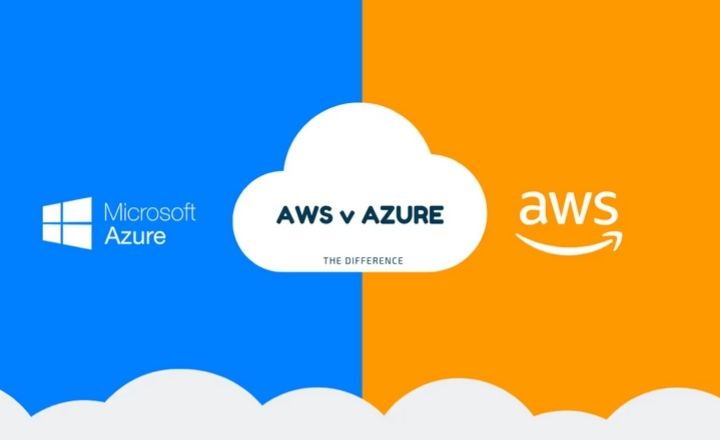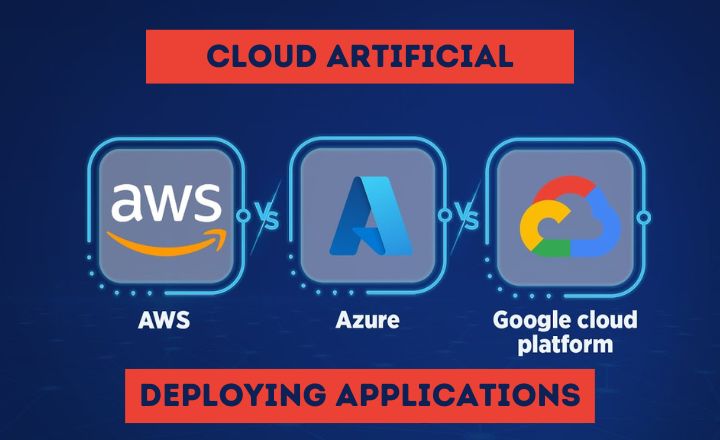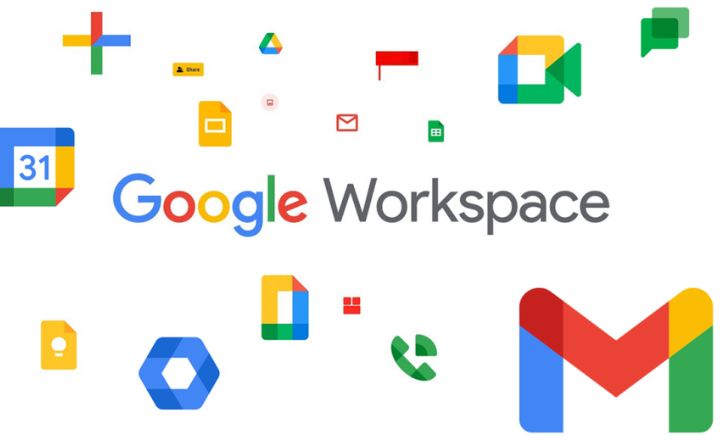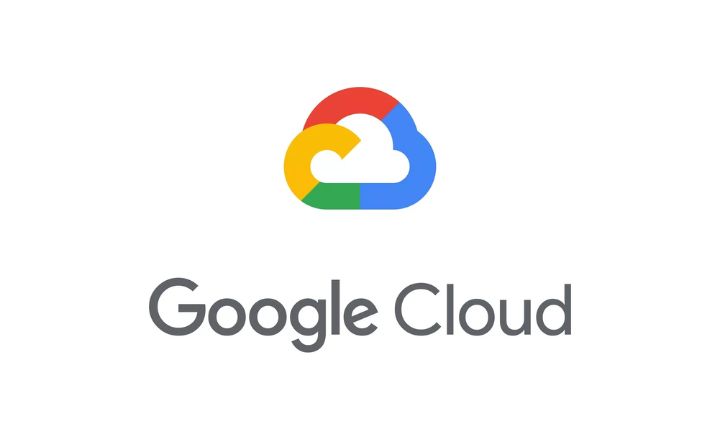The cloud has revolutionized the way businesses operate by offering flexible and scalable solutions for data storage and management. With a plethora of cloud service providers saturating the market, choosing the right one can be a daunting task.
Imagine navigating through a maze of options, each promising to be the perfect fit for your organization’s unique needs. As technology continues to advance at an unprecedented rate, selecting a reliable and efficient cloud service provider has become more crucial than ever before.
Cloud Services
these enable resources on a pay-as-you-go model that can be scaled up and down according to the need. These encourage organizations to host their applications on cloud infrastructure.
With many service providers available with a range of functionality-equivalent services, it becomes difficult to choose the most suitable, consistent, and efficient cloud service provider that delivers the best service quality.
How To Choose The Right Cloud Service Provider?
In this article, we have covered some points that may help you to decide on the right cloud service provider.
- Data Security
- Reliability and performance
- Support and maintenance
- Cost
- Architecture
1. Data security
Security is the top concern, and no company can afford this risk when choosing any cloud service provider; security is a priority, and organizations must verify complaints with standards. This built confidence and reliable service to users and helped to select optimal services according to the requirements.
Consider the comprehensive security policies and procedures offered by each vendor you are assessing for controlling access to providers and operations to all types of cloud services.
2. Reliability and performance
Organizations should also focus on the effectiveness and accuracy of the cloud service provider and identify reasonable and credible assessments. Formerly cloud service selection depended on quantitative assessment but now considers user experience.
It is crucial to know how they handle a situation when downtime occurs and the disaster recovery options, backup/ restore integrity, and responsibilities of a cloud provider.
3. Support and maintenance
Evaluating cloud service provider support and maintenance is another variable that needs in-depth review. Cloud service providers have different support and maintenance plans. so You have to compare your organization’s needs and then consider which will be suitable.

Apart from a well-known cloud service provider, there are distributors, and Hostway called Managed Cloud Service Providers. They perk up Azure, AWS, and Google Cloud with the addition of their own managed services so that organizations don’t need technical training for their staff. Businesses can pay every month to manage their cloud service provider.
4. Cost
off course There is no doubt that cost plays a vital role in selecting a cloud service provider. The price may differ from Cloud to cloud, depending on your organization’s needs. Google Cloud, Azure and AWS are competitors, and their pricing is close. so Following is the pricing structure of all three.
AWS
Amazon charges on an hourly basis; their products can be purchased in three ways:
- The Pay-as-you-go model pays for the resources consumed with no upfront fee.
- Reserved product for 1 to 3 years with an upfront fee based on utilization
- Gain service as the company develops and receive a volume discount on a particular service.
Azure
Accordingly Azure also charges based on a pay-as-you-go, reserved, spot pricing model.
Google Cloud
Google charges per second used and Google also offers sustained use pricing and committed use discounts for cloud services.
5. Architecture
It is important to analyze the cloud architecture environment that supports your organization’s current technology. Ensure that the cloud provider that you are going to select supports your workflows and future needs.
Azure, google, and AWS offer similar architecture with different types of storage to fulfill needs. These will allow the end user to leverage the power of cloud resources.
Conclusion
Selecting the right cloud service provider is a critical decision that can impact the success of your business. By carefully evaluating your needs, and considering factors such as security, reliability, scalability, and cost, you can make an informed choice.
It is essential to conduct thorough research, read reviews, and ask for recommendations before making a final decision. Remember to prioritize compatibility with your existing systems and future growth plans when choosing a cloud service provider.













